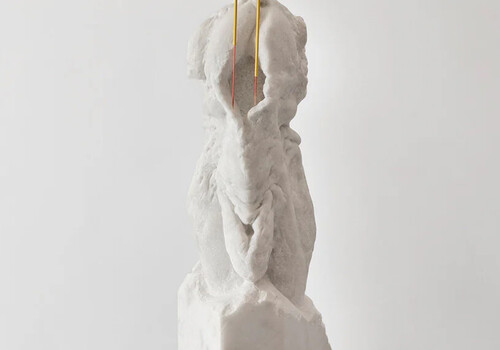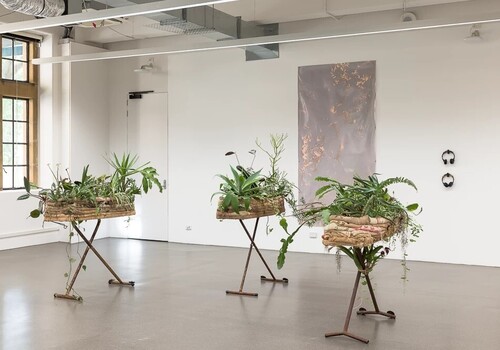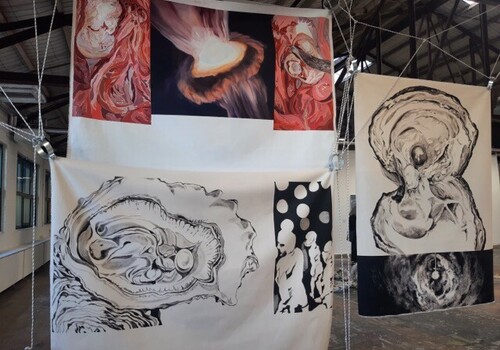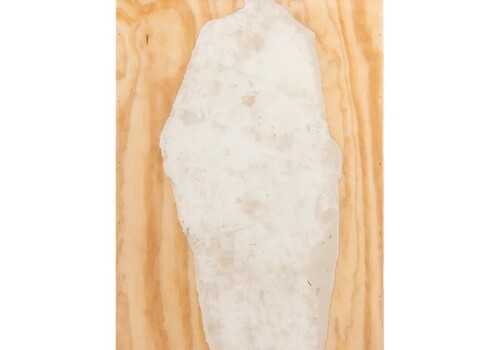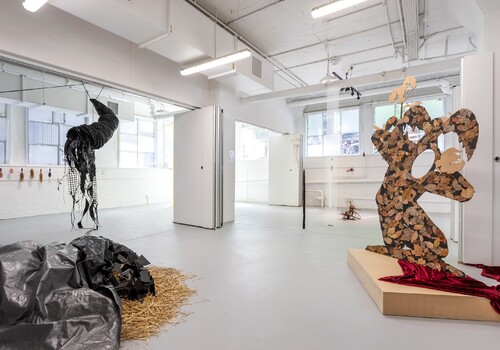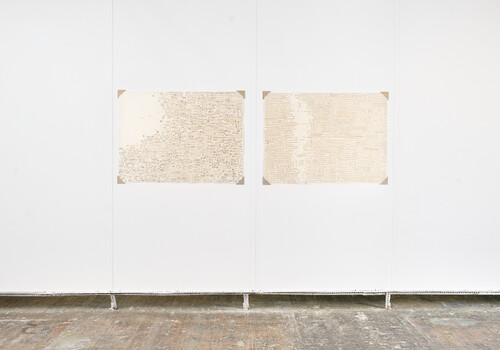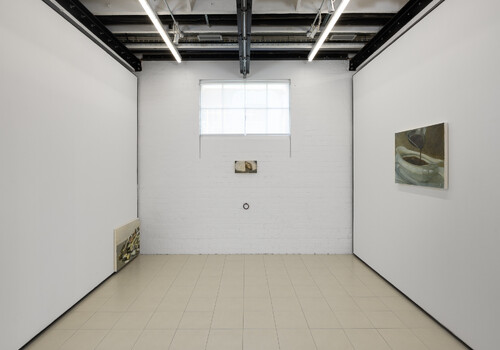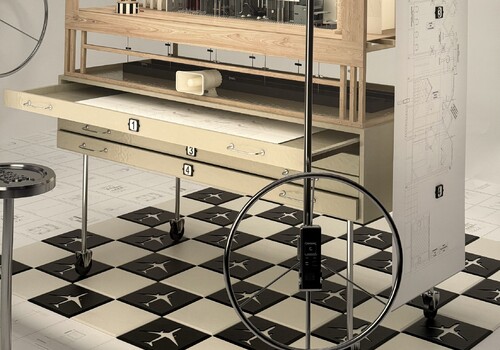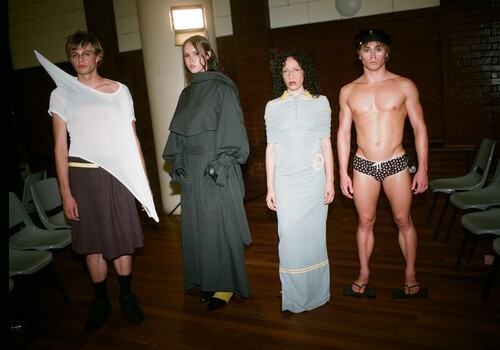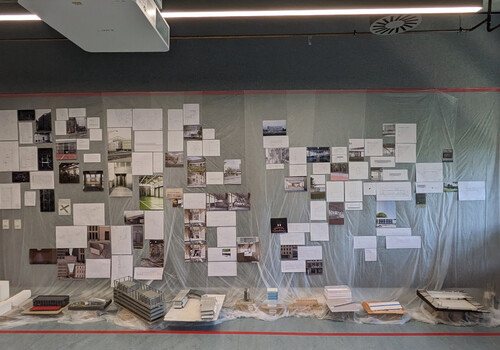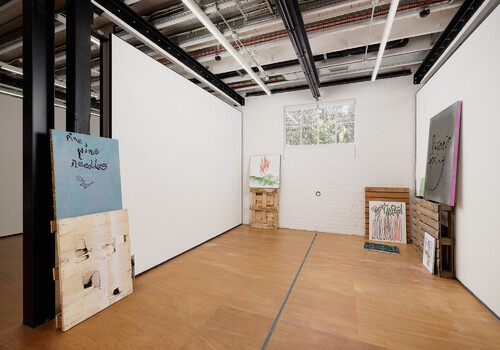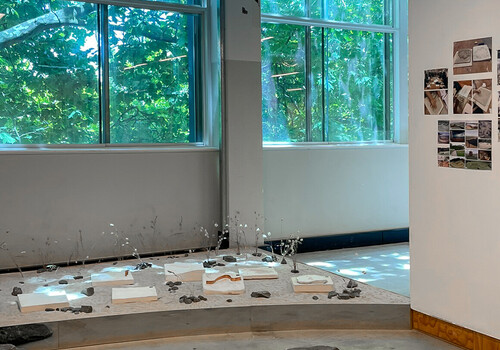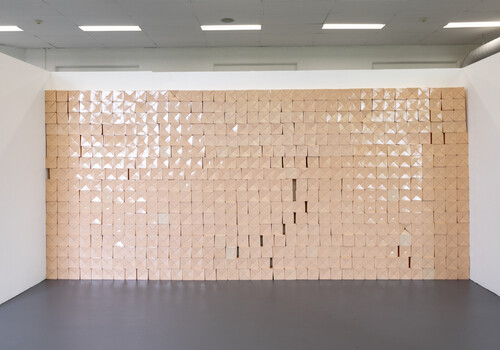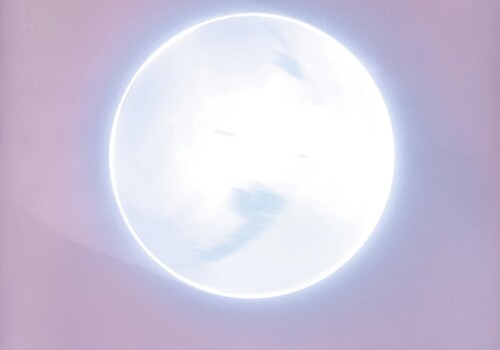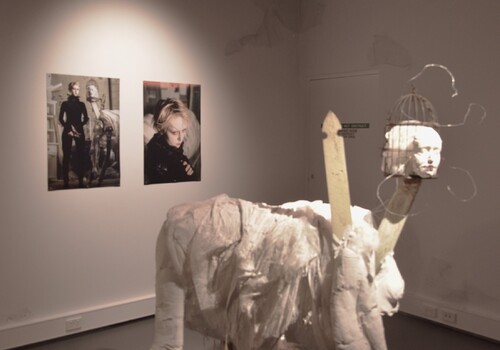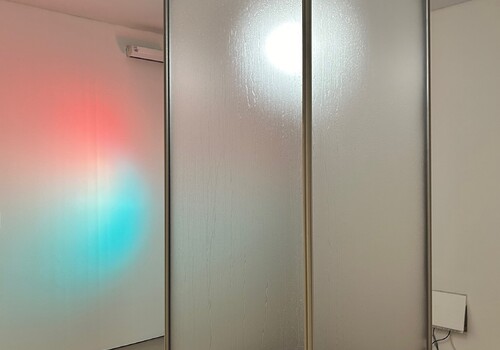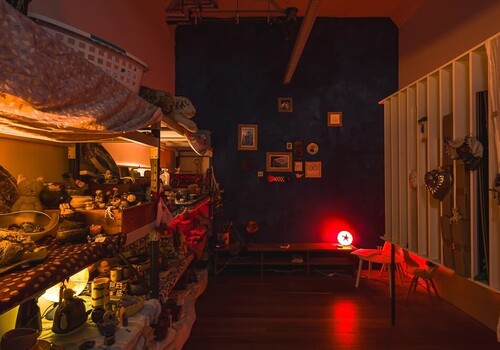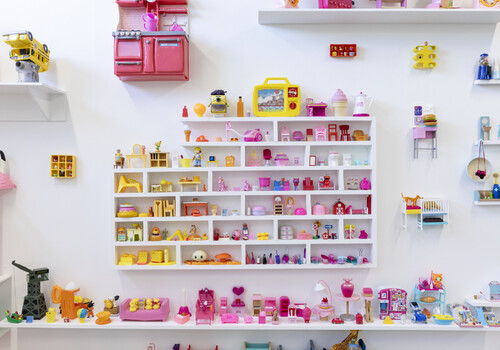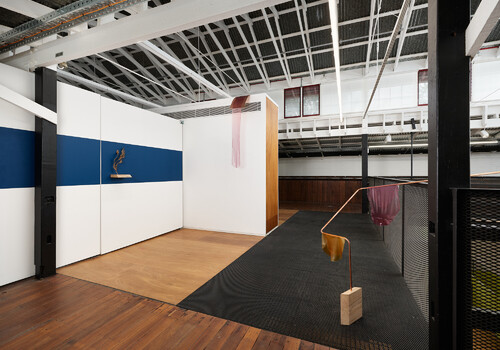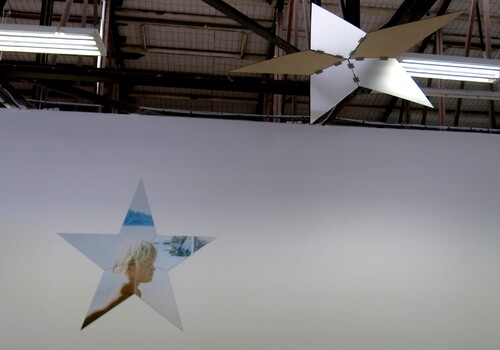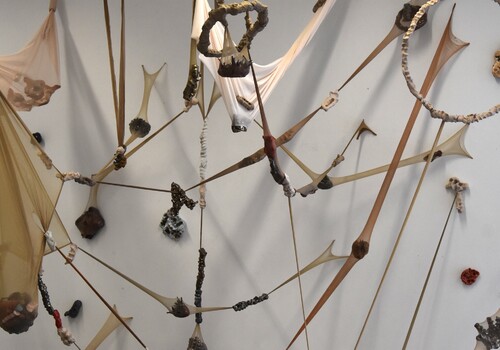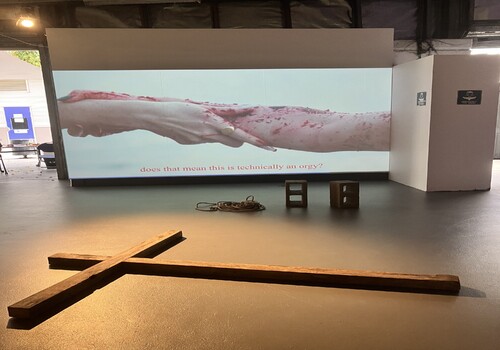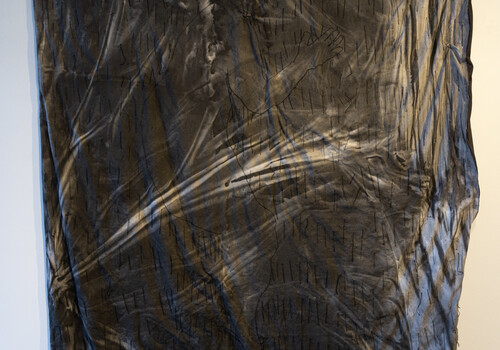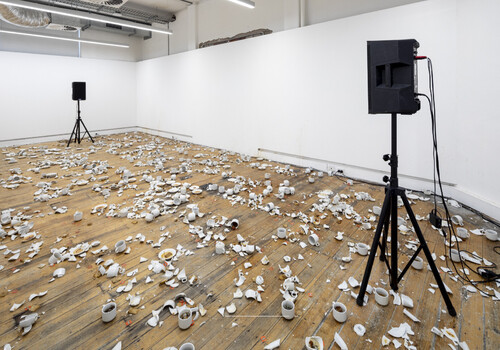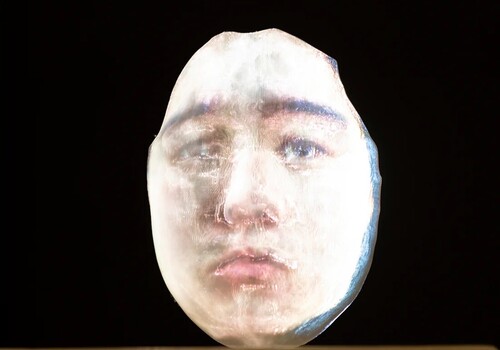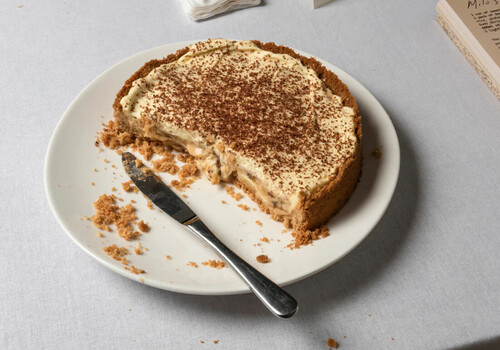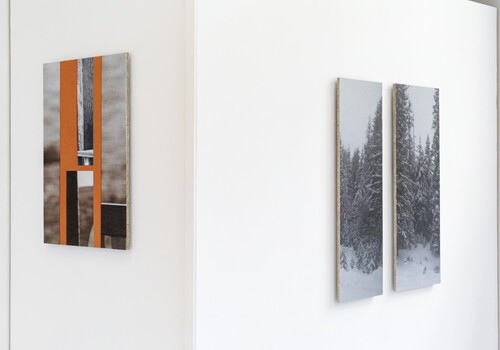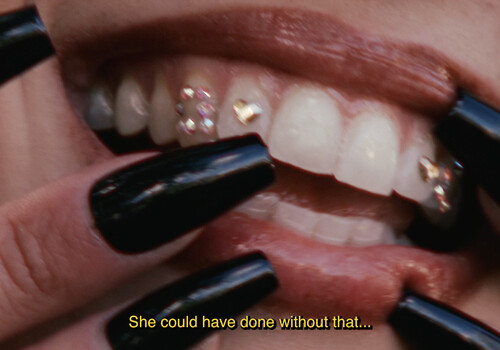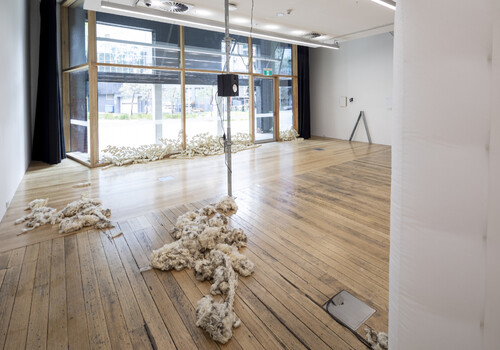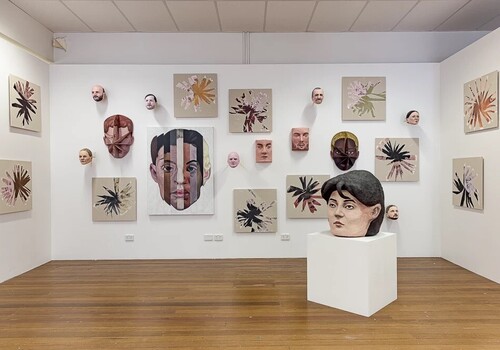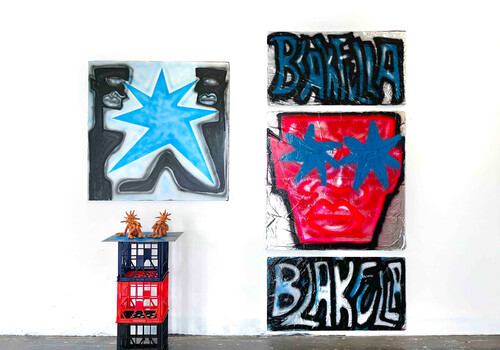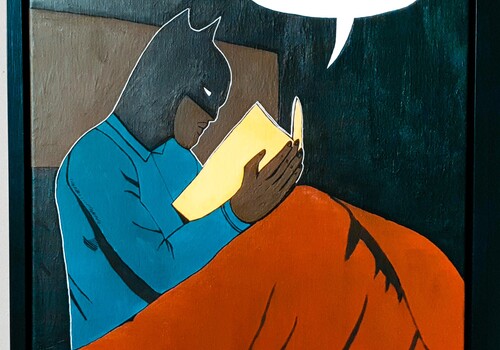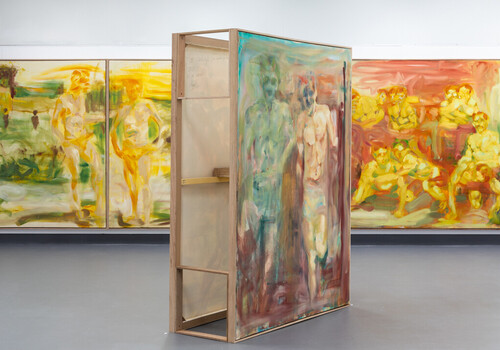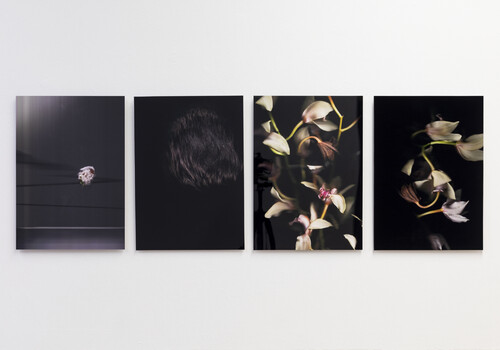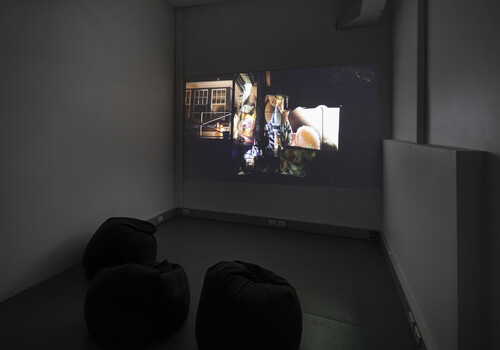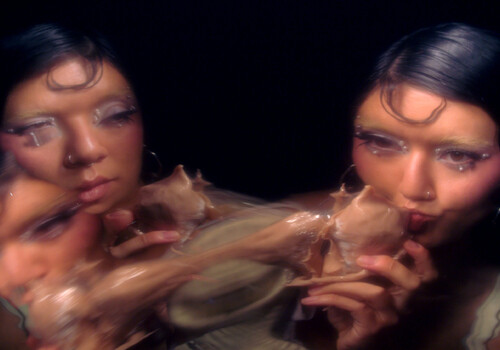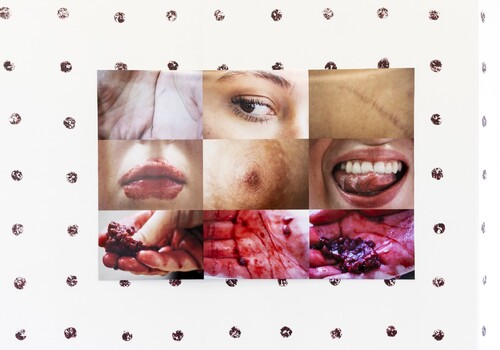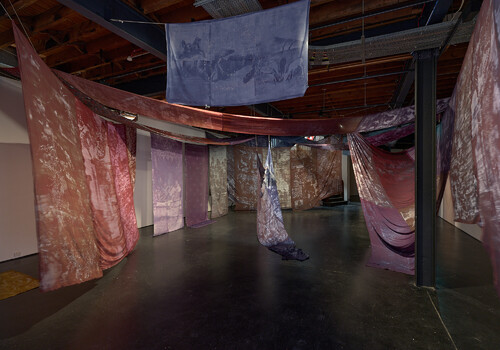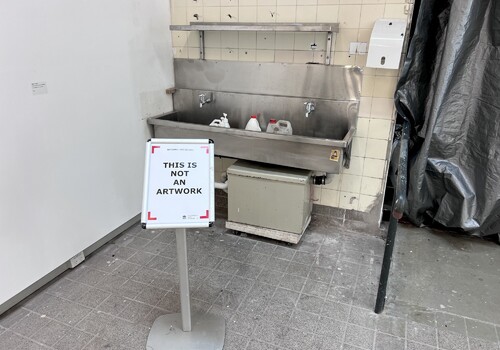Bachelor of Fine Art (Honours), Monash Art, Design and Architecture
By Juliet Day
Whenever I see anything involving sheep, I immediately think of the Shearing the Rams (1890) by Tom Roberts. Missing (2024) by Indigo Meara grabs my attention at the Monash Honours exhibition. There’s raw merino sheep fleece lain out, scattered on the floor. The largest “clump” of fleece in the centre of the room suggests the body of a sheep. But where’s the animal? The red-faced, heroic, working-class shearers are nowhere to be found. Tom Robert’s barnyard is null. Stepping closer to examine the fleece, Meara encloses personal confessions onto fortune-cookie style text strips, tucked into the fleece fibres. One reads: “SOMETIMES I FEEL DUMB WHEN I DRAW.” This statement is comedic, a jab at the triumphant, painterly style of Shearing the Rams. I wonder if Tom Roberts felt dumb too? His painting is now considered a masterpiece of aesthetic patriotism, but it took more than two years to complete. By comparison, Meara’s confessions are hasty, jarring, and painfully honest, but most importantly, completed in time for the university graduate exhibition.
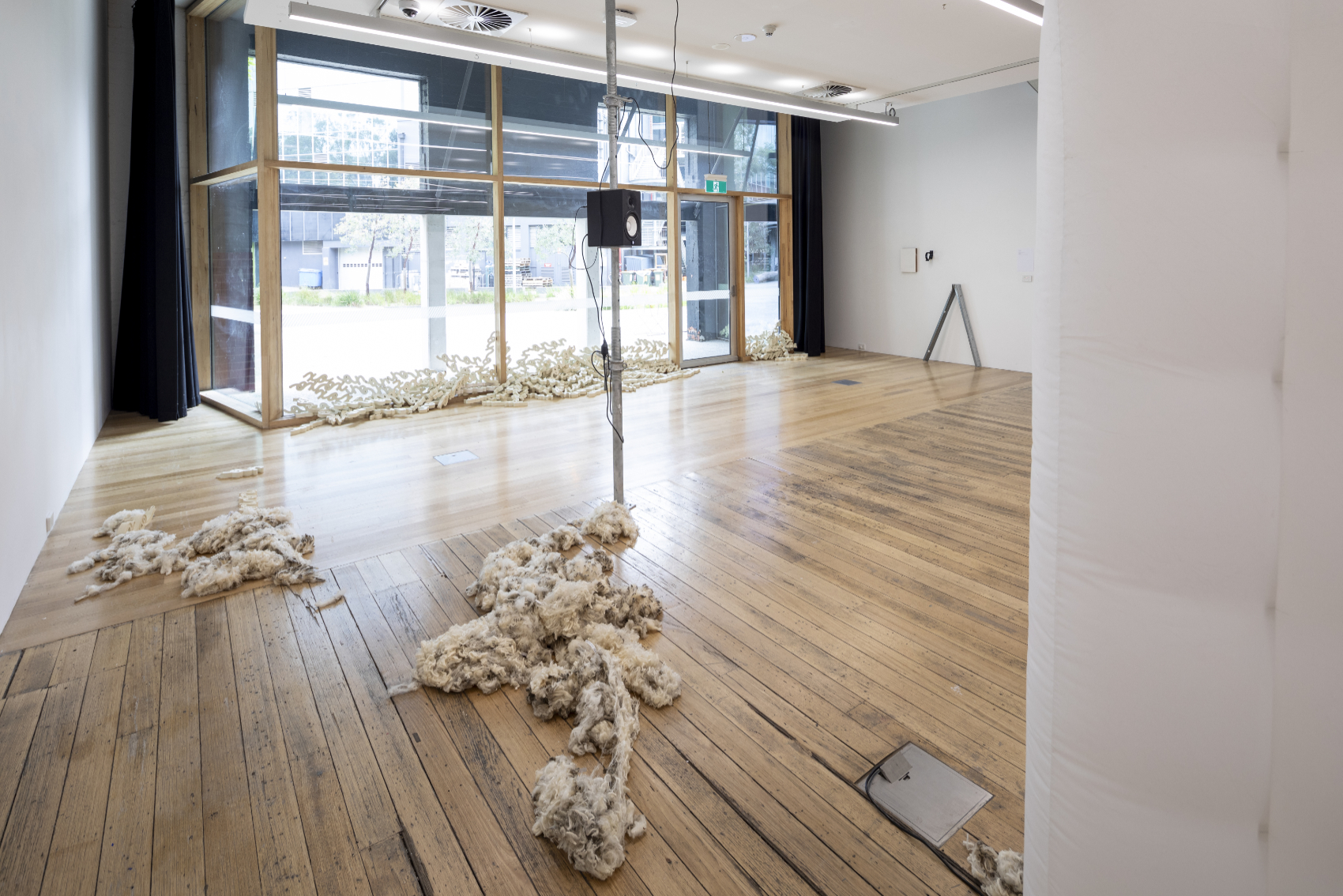
Indigo Meara, Missing, 2024, raw merino sheep’s fleece, 30gsm paper, dimensions variable; Xoxo, 2024, chipboard and paint, dimensions variable; Nyctinasty, 2024, greylead pencil on primed panel, pipe brace, chewed mastic, steel stud, dimensions variable. Photo: Andrew Curtis.
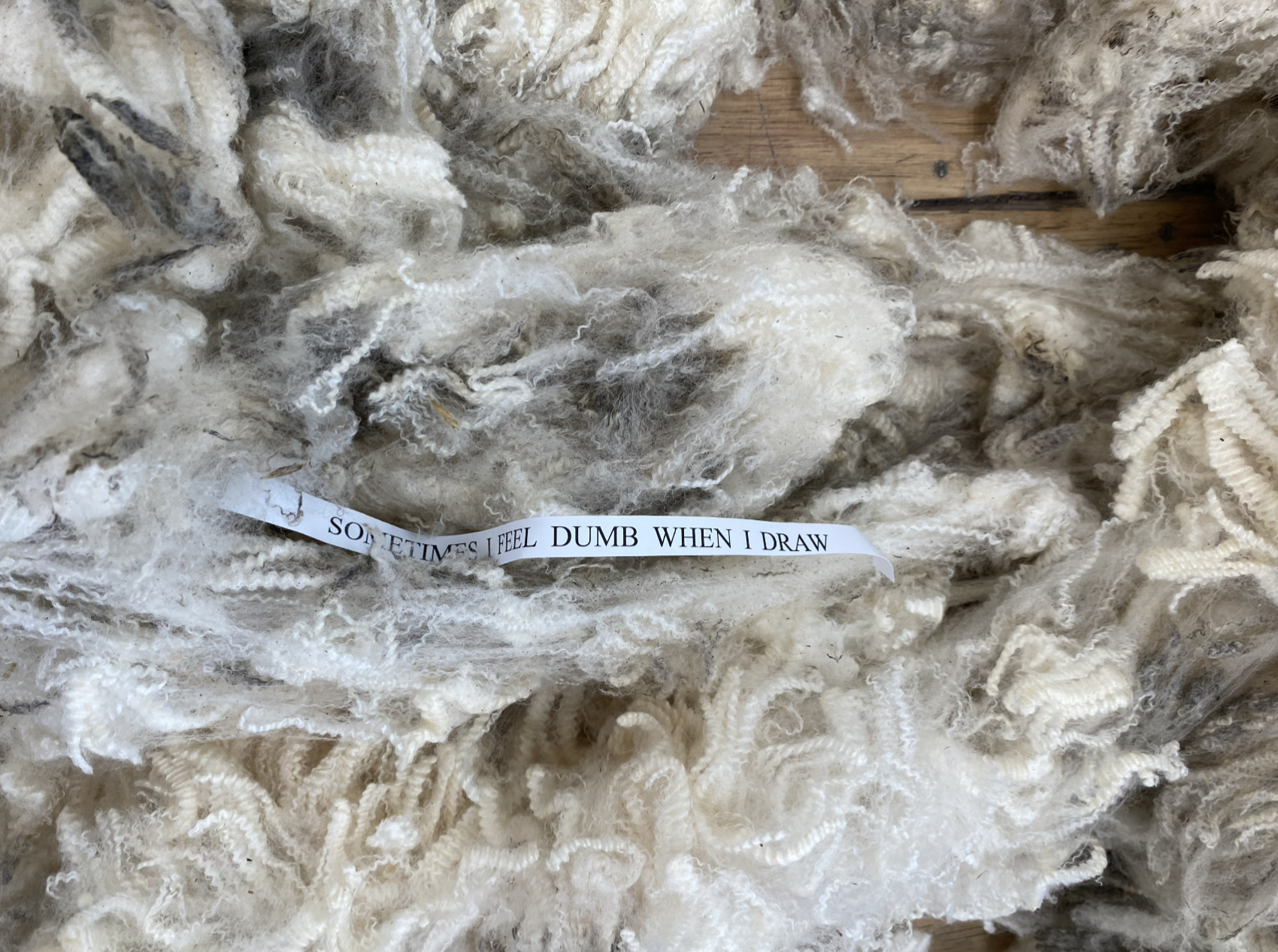
Detail of Indigo Meara, Missing, 2024, raw merino sheep’s fleece, 30gsm paper, dimensions variable. Photo: Juliet Day.
To the right-hand side of the piles of fleece, Xoxo (2024) clarifies the curled weave of the fleece. I step back and squint. The crimped texture of the fleece from Missing now becomes the subject. The weave is solidified in the chipboard—a micro study of texture.
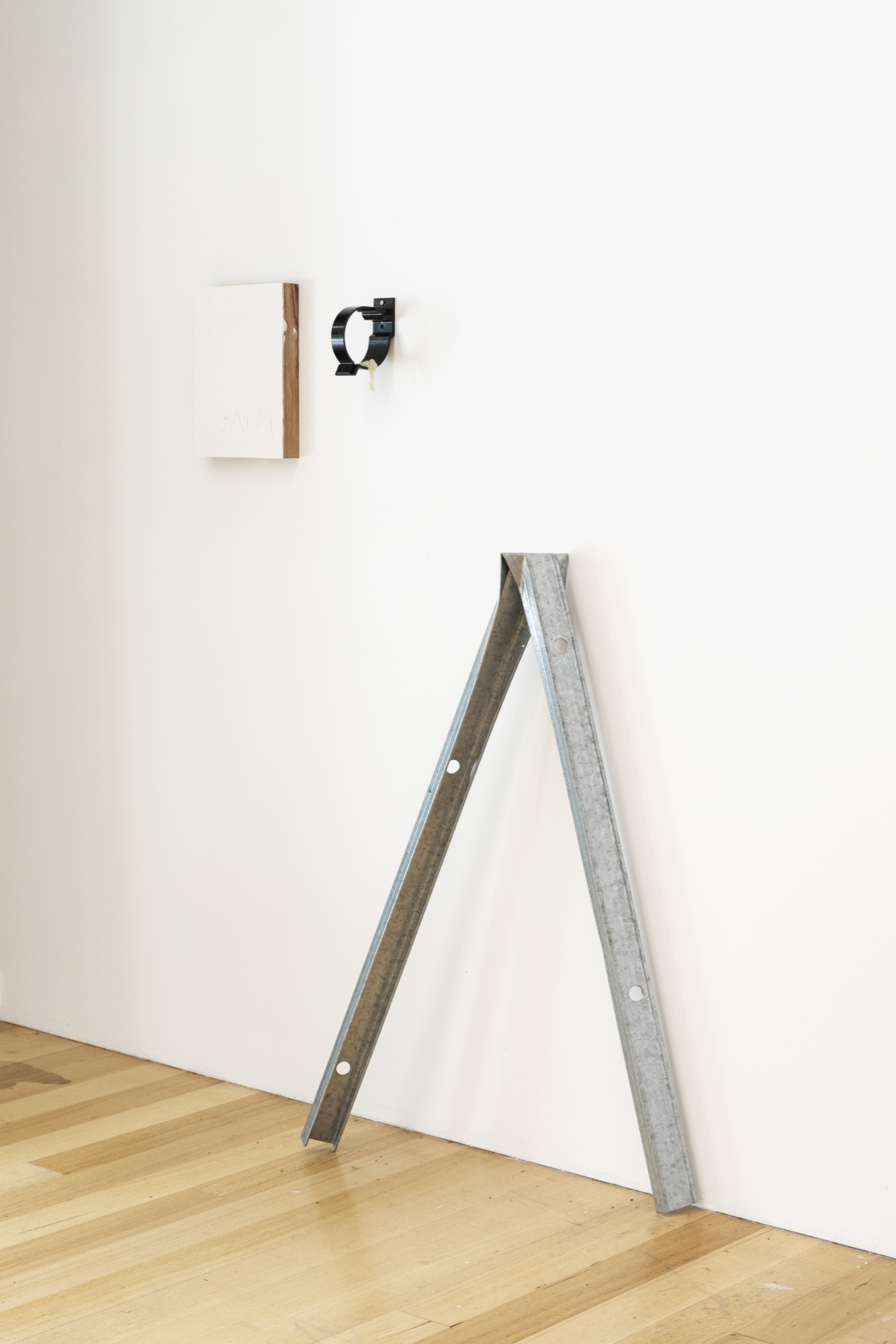
Indigo Meara, Nyctinasty, 2024, greylead pencil on primed panel, pipe brace, chewed mastic, steel stud, dimensions variable. Photo: Andrew Curtis.
To the right again, Nyctinasty (2024) juxtaposes this study with a collection of industrial objects. Of major emphasis, a bent steel stud rests unsuspectingly on the entry wall. It is positioned patiently in its resting position, waiting for use. Usually, nyctinasty is a term reserved for referencing flora’s “nastic” movements in relation to night and day (eg, the petals of a flower habitually opening and closing). Upon further inspection, the manner in which the steel stud is bent, or perhaps, folded, suggests wilting, or malleability, entirely against its material structure, as a linear, welded piece. Hereby, Meara appropriates nastic movement, bending industrial material to her whim.
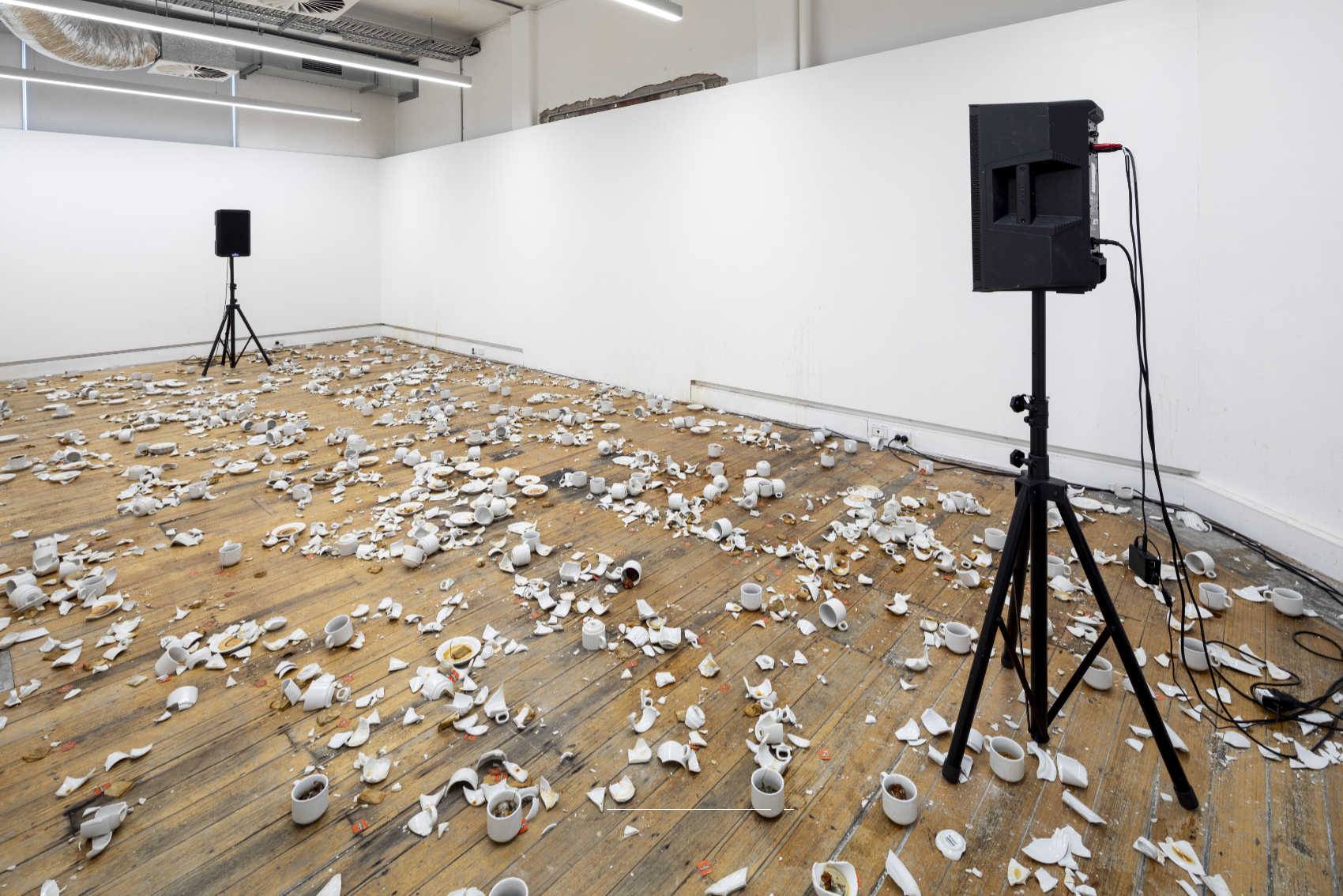
Down the hall, Marcus Payne’s Yorkshire Tea (2024) is also set out at my feet. Teacups and saucers, whole, partially, or fully obliterated, scatter across the floor. I can imagine this same carnage on “smoko”, after the Shearing the Rams scene. Tea brewed in some cups spills across the saucers. Two speakers bounce off each other, and as I traverse the chaos of the cups, I’m caught in the crossfire of Discipline (2024). It’s a nineteen-minute loop of audio. There’s snippets of sporting talk shows, “alpha” motivation soundbites (bleurghhh), and men’s podcast clips. Playing through the speakers: “hard times create hard men, hard men create soft times, soft times create soft men.” In dialogue, Yorkshire Tea and Discipline represent the championing of “stoic” masculinity in society. The speakers inherently feel like propagandic messaging, and the smashed cups understand masculine control as teetering; fragile, and ready to break, volatile.
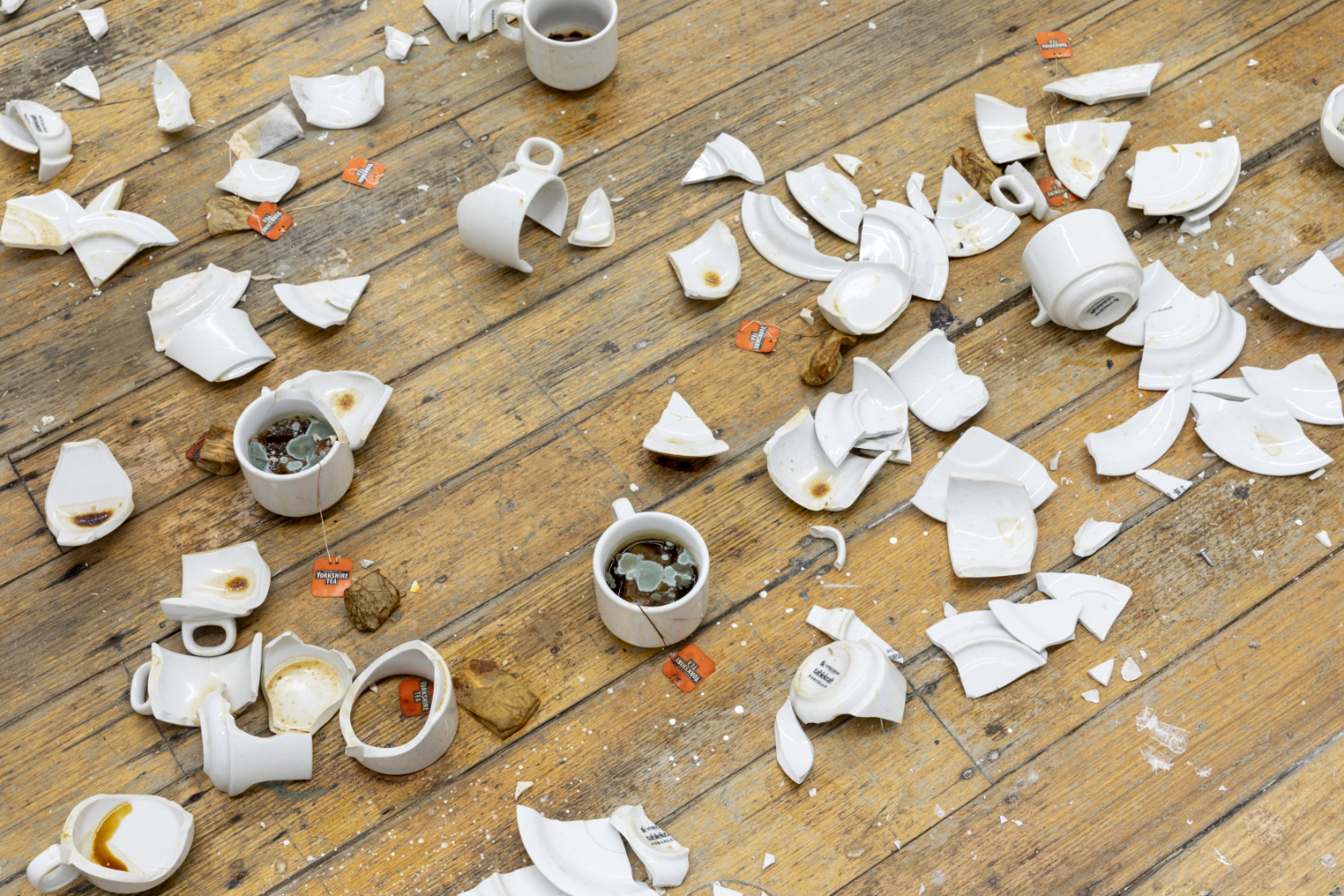
What I haven’t mentioned yet is the mould. Intentional or by accident, Payne’s work has transformed into a live petri dish over the course of the exhibition. Bacteria blooms in the teacups in shades of white, yellow and green, accompanied by a noxious scent that infiltrates other surrounding exhibition areas. While Meara’s Nyctinasty maintains a symbolic representation of response to external stimuli, Yorkshire Tea is a literal response to the beginning of summer at the Monash Caufield campus. Yorkshire Tea becomes a feeding frenzy for mould spores, and a subsequent biohazard. Has someone thought to crack a window?
Juliet is an Art History/Geography graduate from the University of Melbourne and an emerging writer.
